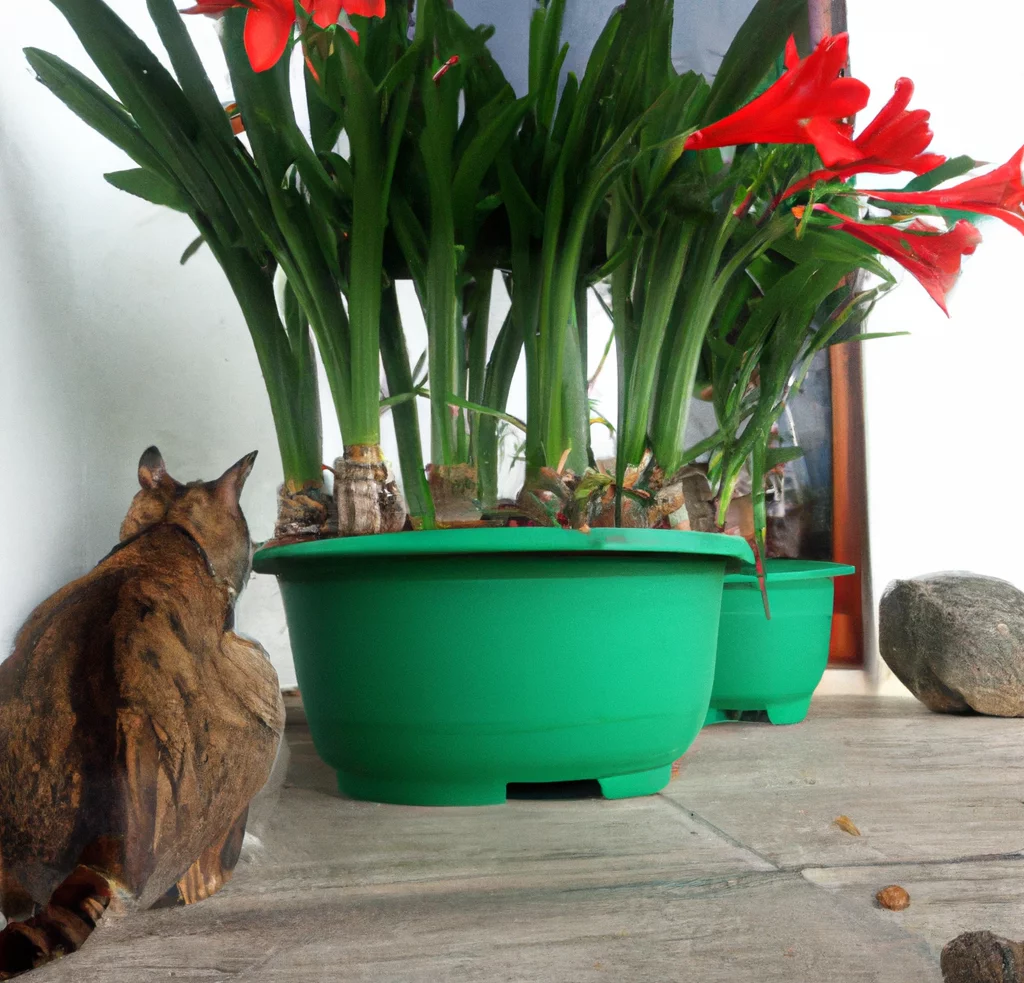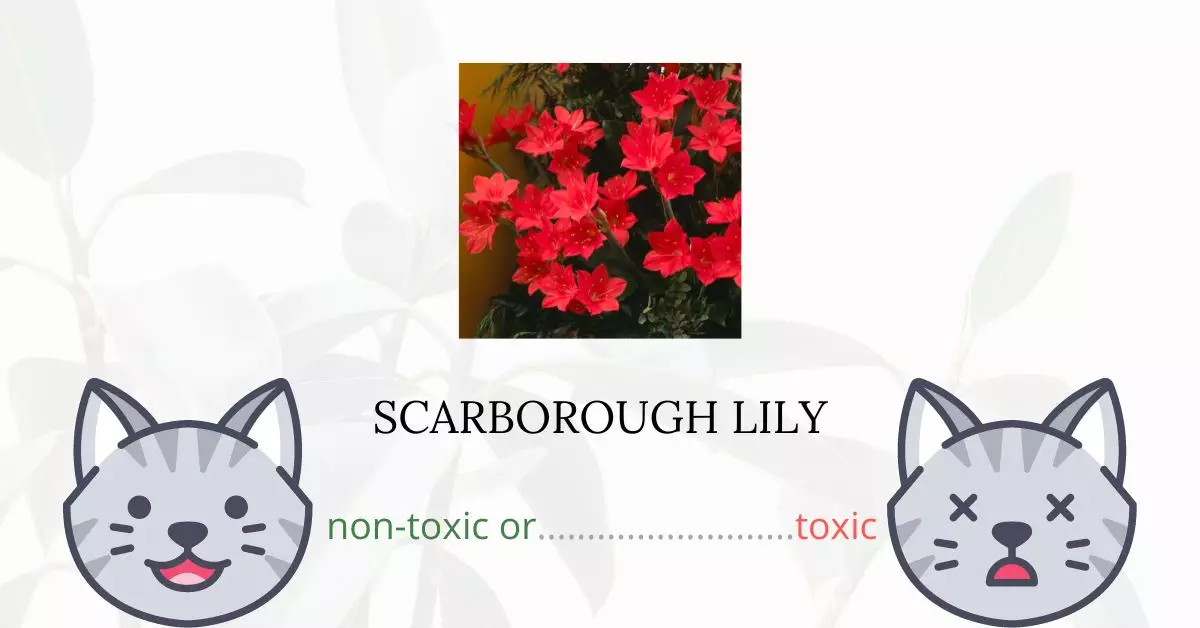Yes, Scarborough lilies are indeed safe for cats.
This article has been written in close collaboration with a team of experienced DVMs (doctors of veterinary medicine). Leveraging their expertise, along with in-depth research on high-authority websites like ASPCA and PetMD, we aim to provide accurate and up-to-date information on the potential risks associated with various plants.
While the American Society for the Prevention of Cruelty to Animals (ASPCA) lists the Scarborough lily as non-toxic for dogs, cats, and horses, it’s essential to note that just because a plant is labeled non-toxic does not necessarily mean it’s suitable for regular consumption by your feline friends. Always exercise caution when introducing any new plant into a pet’s environment.
Can Cats Eat Scarborough Lily?

Cats have been known to consume small amounts of Scarborough lily. Even a tiny bit won’t have a negative impact on them. Cats shouldn’t, however, consume large quantities of Scarborough lily or any other plant. Being carnivores, they are unable to digest plant matter in any way. Because of this, they will feel queasy.
Symptoms like vomiting and diarrhea may indicate that your cats have indigestion. The illnesses will eventually subside once the plant particles have been eliminated from their bodies.
If you have Scarborough lilies at home, be careful of using plant care products on them. There are some products that may leave traces of toxic chemicals on plants. It can be dangerous for your cats if they ingest these toxic residues.
What is Scarborough Lily?

The Scarborough lilies, also known as Cyrtanthus elatus, are bulbous perennials that grow in clumps of strap-shaped leaves and erect stems with umbels of sizable tubular or funnel-shaped flowers on each. It is also commonly called fire lily or George lily.
Scarborough lily flowers are available in a variety of colors, including bright red, orange, yellow, pink, and white. The stems can reach a height of two feet. They can be grown fairly easily in a warm, sheltered, and frost-free environment. They can also be grown in glass-enclosed pots. These perennial plants bloom in the late summer or early fall.
Scarborough lily is endemic to Cape Province of South Africa. It belongs to the plant family of Amaryllidaceae and has gained the Royal Horticultural Society’s Award of Garden Merit.
Keeping Cats Away From Scarborough Lily

Some cats find the Scarborough lilies to be delicious. They chew the leaves, trample the soil, tip the pots, and generally make a mess.
To deter them from your plants, use particular sounds, textures, and scents. Wrapping the pot and soil in aluminum foil may deter cats from looking through plants because cats dislike the crinkly sound and feel of the material.
You can try to cover the soil in citrus rinds to discourage cats from eating your plants since they don’t like the scent of citrus. If you don’t want to strew bits of fruit around your plants, you can also spray apple cider vinegar or vinegar diluted in water on their leaves.
Plants to Avoid For Your Cats
If you are a cat owner and unsure if the plants growing in your yard are harmful to your cats, check out this list of toxic plants for cats. You can also check our list of non-toxic plants for cats.





